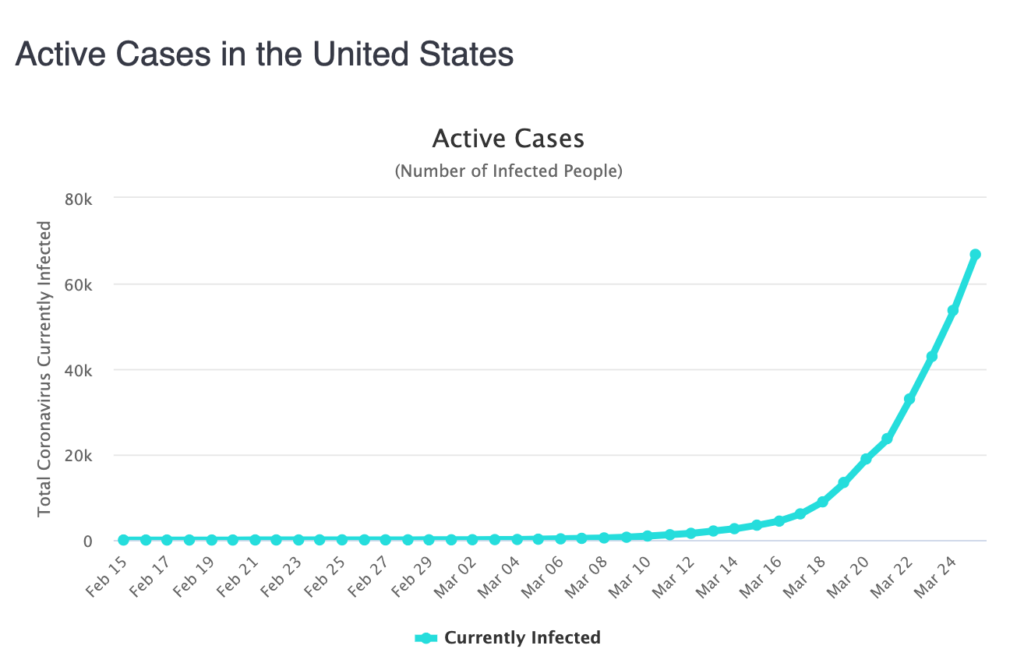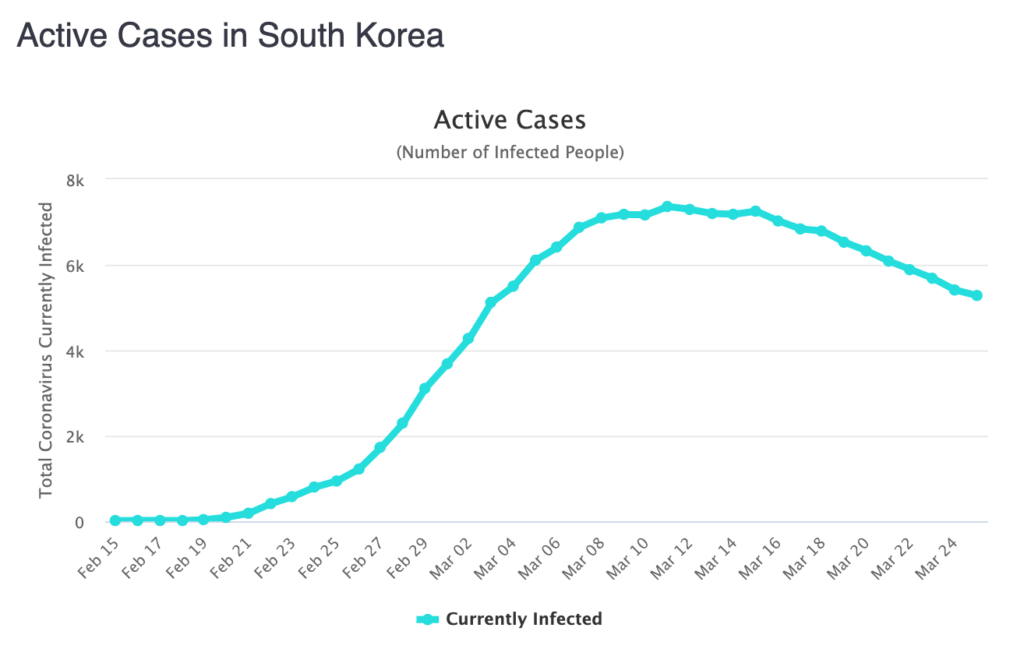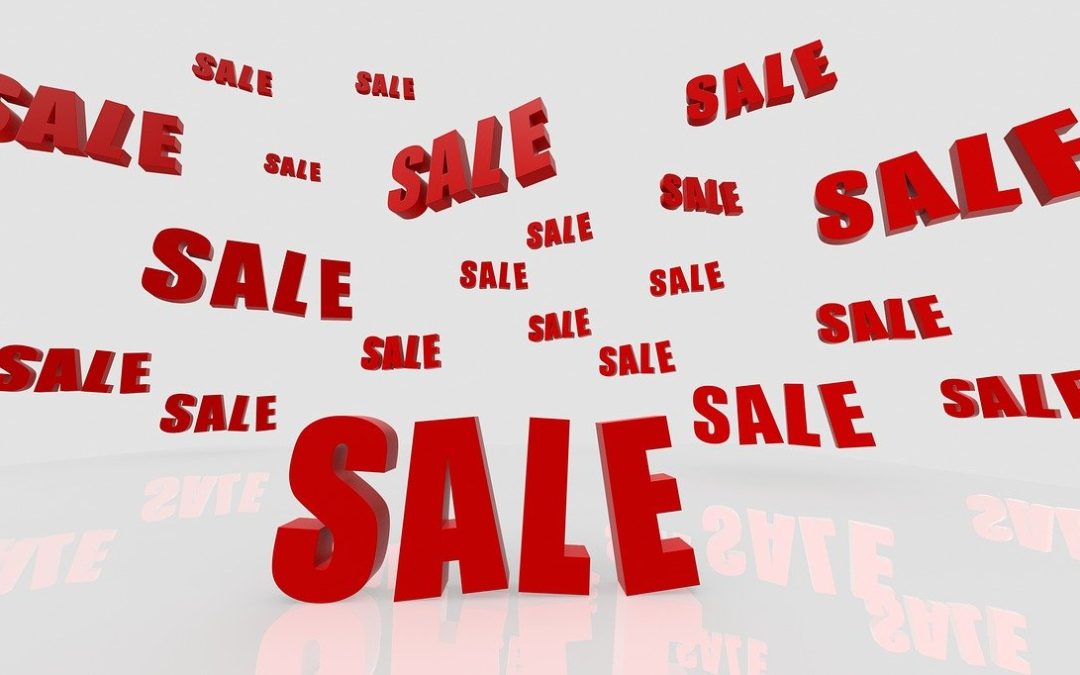The COVID-19 pandemic is a great tragedy and an unprecedented event in modern history. In the midst of countless negatives–one positive is this market selloff presents a buying opportunity.
As someone who has been overweight cash over the past few years I’ve been looking a selloff like this to be able to increase my exposure to the markets.
I can’t predict when the market will bottom or I would just buy in then. So I want to go over three strategies one could use to enter this market.
COVID-19 case Plateau
It is possible that when the number of active COVID-19 cases plateau that will also be around the time the market bottoms out.

As of now the active cases in the US have continued to climb. At some point this will plateau, as it already has in places like South Korea.
Source: https://www.worldometers.info/coronavirus/country/us/

Modified Dollar Cost Averaging
This method attempts to capture market exposure at given price levels.
To do this, first determine how much you’re planning on investing. Then break than into a series of price levels. For example, if you’re planning on investing $3,000 at three different price levels, you’d be investing $1,000 per price level.
Price levels could be something like the % fall from the prior peaks drop. So when the market falls 30% from peak, you invest $1,000, when it falls 40%, another $1,000 and if it falls 50% the remaining $1,000.
For example, the S&P 500 peaked at 3393 on 19 February. So $1,00 would be invested at the 30% drop level of 2375, a 40% drop would mean buying in at 2036, 50% would be 1696.
The downside to this is that the market might never fall 40% or 50%. If this happens one wouldn’t buy into the market at these levels and money would be left uninvested. It could also of course fall more, in which case one would have bought in at a higher level.
Looking at the previous bear markets of the past 2 decades, the bottom of markets is not made after just a 35% drop in 33 days.

Given that the number of COVID-19 cases in the US continues to climb I don’t believe the market has bottomed yet. The market has rallied about 14% off of the 23 March lows, but I believe the market will give up these gains and make a new low.
Of course I can’t know for sure.
Good Old Dollar Cost Averaging
This is probably the simplest and most basic method. This is buying a set dollar amount of shares on a set schedule. Such as $100 on the first of each month. When prices are lower, more shares will be purchased and when prices are higher, fewer shares will naturally be purchased.
The downside to this method is that if one has any reasonable belief that the market will fall more, then one is buying in at a higher price than is necessary.
Despite the rally over the past few days, major US indices like the S&P 500 are still down some 23% from the 19 February high.
Of course it’s impossible to know with certainty.
COVID-19 Selloff Buying Opportunity
Gold has been a decent hedge thus far. Gold is up 3% since the 19 February high compared to the S&P 500 which is currently down over 27%.
In the 2000 dot com crash markets didn’t bottom for for nearly two and half years. The 2007-2008 great recession market drop took about 500 days. We are less than 2 months into this crash.
We are certainly living in interesting times. While this has been a sharp and violent selloff, it presents a buying opportunity, if not now at some point over the next few months or years. I personally think the markets will fall lower, perhaps to the 40-50% level before beginning to climb again.

